KUALA LUMPUR, March 24 — I first sampled the unagi at Makoto out of a takeaway box in 2020, during the pandemic.
Up to that point, my fondness for these grilled freshwater eels was largely shaped by the frozen variety, usually brushed and cooked in a tare that’s a tad too similar to teriyaki by most standards, but they remained a childhood favourite all the same.
I’ve visited the restaurant a couple of times in the years since, and each time I leave feeling like I had a better meal than the last, even if I only ever get the same thing each time.
Yes, the restaurant started life in 2017 under the name Makoto Japanese Cuisine, and yes, the menu is far more than just eels, but the unaju (unagi and rice served in a jubako) special is what truly separates this restaurant from anything else we have in this city.
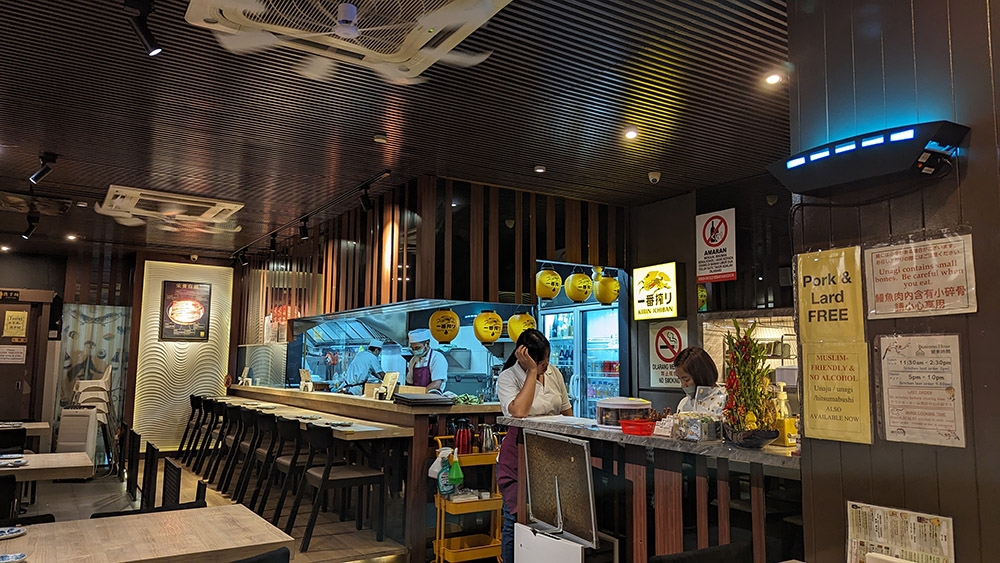
Makoto Unagi Restaurant, as it is now called, sits on an inner road in Desa Sri Hartamas, obscured from the view of the main road by the row of shops which include a FamilyMart and Burnin’ Pit.
The recent name change more accurately reflects the restaurant’s speciality: "live" eels, flown in from Shizuoka Prefecture — considered the home of unagi cultivation — and grilled in the style of the Kanto region, which involves grilling, steaming, and then grilling the eel again to achieve a soft and supple texture.
Here I was again, on a relatively quiet weeknight.
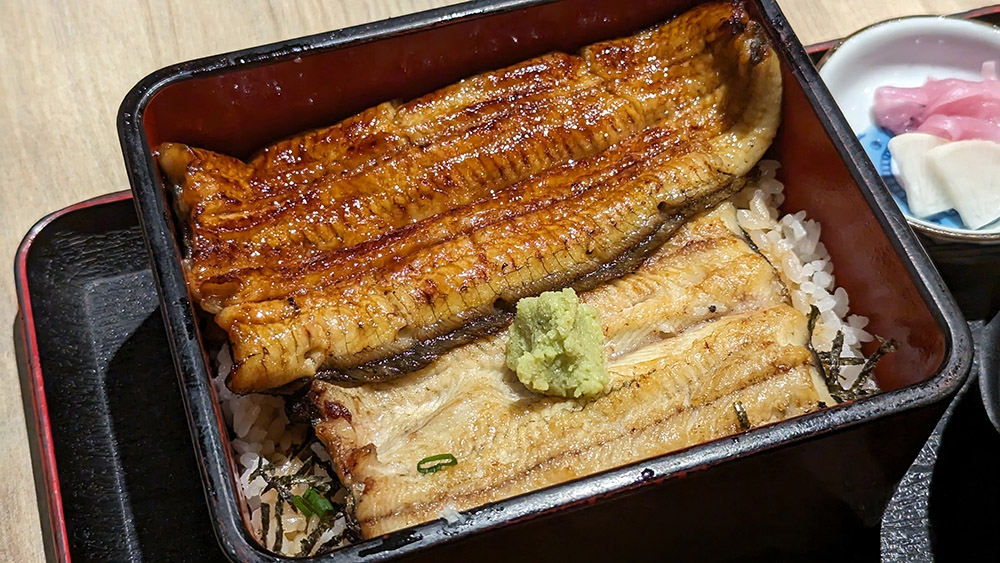
A glance at the other tables suggested the name change was in order; despite a few errant plates of tempura or sushi, grilled unagi featured on most tables, signalling a departure from a few years back when most diners seemed to miss all three pages worth of eel dishes on the menu in favour of more ordinary fare.
In all fairness, the Unaju Special A (RM183) is not the most economical of options, but it does provide a comprehensive and edifying eel experience.
In my jubako was a whole charcoal-grilled eel, with one half prepared kabayaki (with tare) and the other half prepared shirayaki (with salt, no tare) on a bed of rice, served with pickles and kimosui, a clear soup made with eel liver.
The eel was perfectly grilled and cooked through, soft enough to pinch apart with a pair of chopsticks but still retaining some firmness.
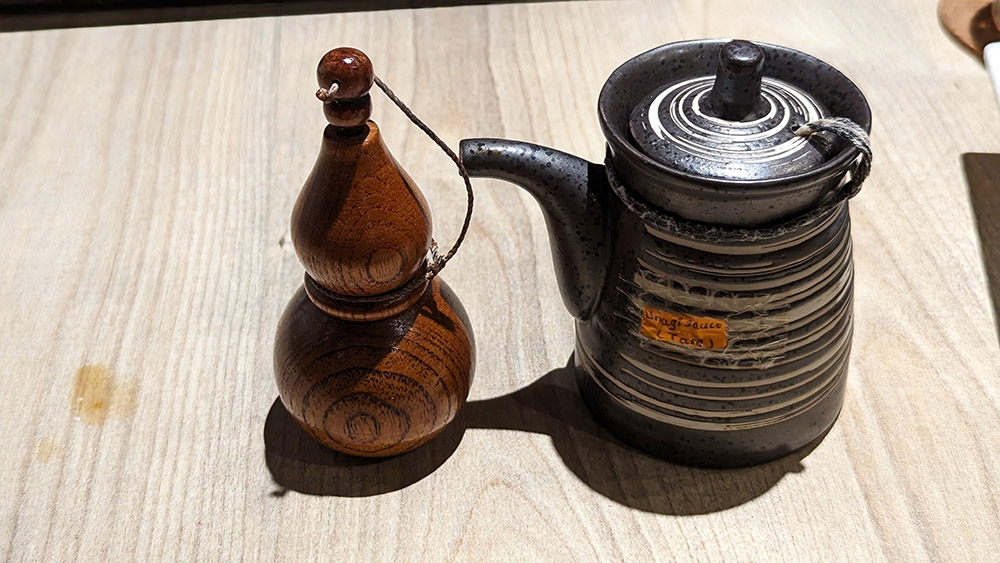
A sprinkle of sansho pepper — as is customary — brings forth a citrusy and numbing quality, which complements the buttery, savoury flavour of the shirayaki half particularly well.
The dollop of wasabi pairs best with the sweeter, richer flavour of the kabayaki half, which has the added effect of caramelised bits from the tare.
A server brings a bottle each of sansho pepper and tare to add at your discretion, though I think the perfectly seasoned eel doesn’t need it. It’s no hyperbole to say that this eel is one of the best things I’ve eaten this year, as it almost always is whenever I visit Makoto.
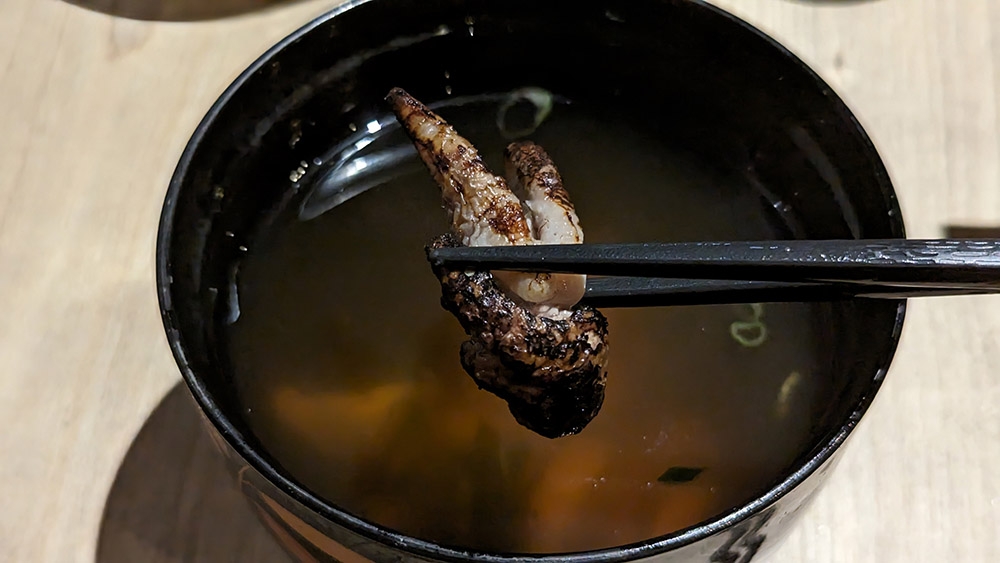
It’s far from inexpensive, but don’t wait for a celebratory occasion; this meal is the occasion.
Wash it all down with the bowl of kimosui, a clear and slightly smoky soup with most of its flavour propelled by a savoury dashi base and the mildly earthy and rich liver.
In addition to the liver, they try to utilise all parts of the eel, which leads to one of my favourite snacks here.
Hone Senbei (RM12) are the deep-fried spines of unagi, and they make for an irresistible snack when dipped in salt.
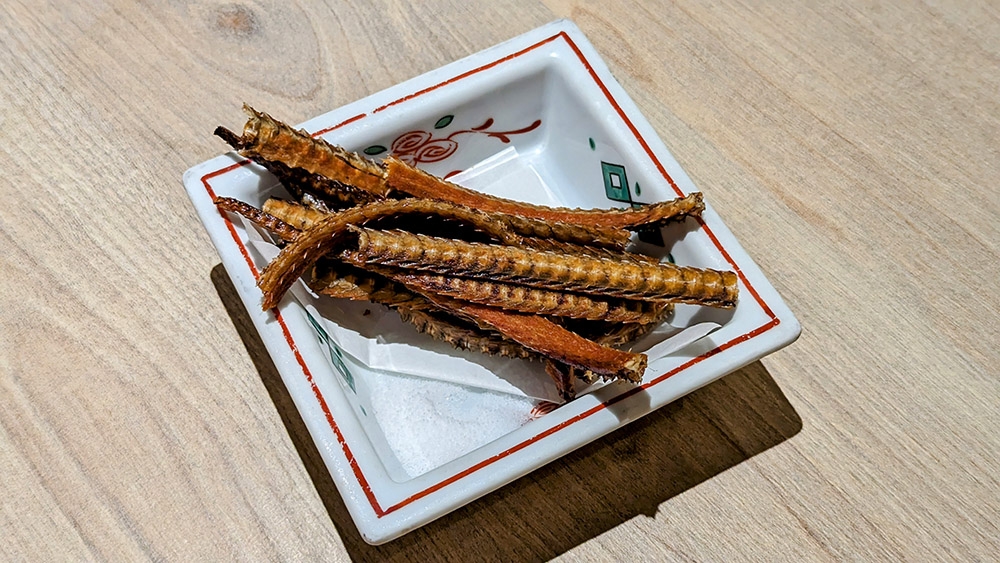
Another preparation of unagi found here is Hitsumabushi, which sees finely chopped kabayaki or shirayaki unagi served on a bowl of rice in a variation that originates from Nagoya.
Although I haven't had the chance to try it yet, honestly, I wish I could afford to come here more often and also give the list of eel side dishes — which include Unagi Maki Sushi and Unagi Dobin Mushi — a try.
However, it doesn’t take away from the fact that every meal I’ve had here has been truly special: the unagi here is the best in town, bar none.
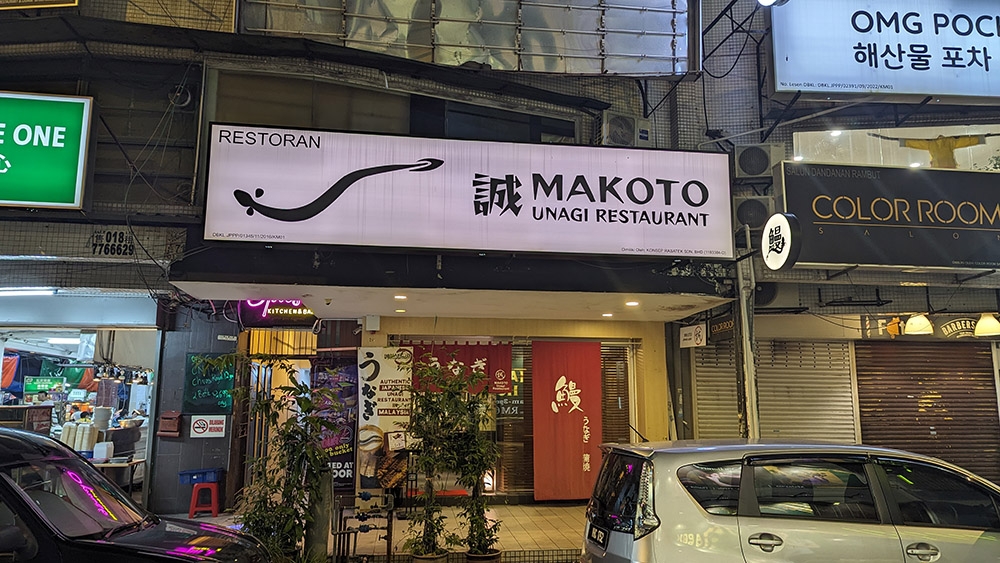
Makoto Unagi Restaurant
54, Jalan 27/70a, Desa Sri Hartamas, Kuala Lumpur
Open Tuesday to Sunday, 11.30am-2pm, 5-9.30pm
Tel: 03-6211 1409
Facebook: @makoto.hartamas
Instagram: @makoto.hartamas
*This is an independent review where the writer paid for the meal.
*Follow us on Instagram @eatdrinkmm for more food gems.






















